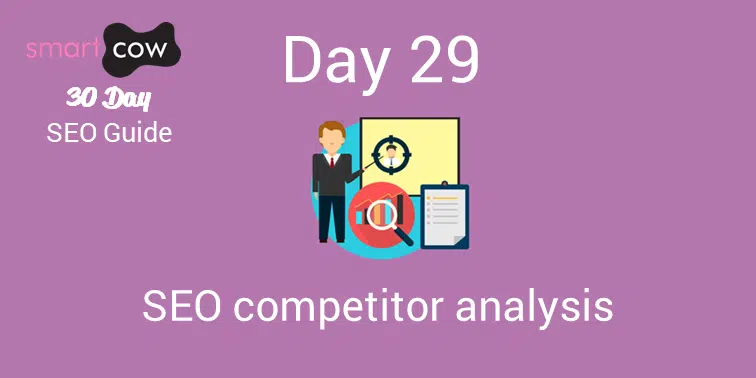The SEO (Search Engine Optimisation) analysis workflow is divided into four sections:
Identify your potential SEO competitors
This initial section is helpful if you’re starting with an SEO process that you don’t know anything about.
It’s good to know that these are not all limited to companies or websites that offer the same type of content, but can be any website that competes with you for your target keywords.
Validate your SEO competitors
After you’ve found the potential competitors that you have gathered from different sources it’s time to make sure they’re valid. But how do you do this? By analysing and filtering those which are already ranking, and to which degree for the same keywords.
Conduct SEO competitor analysis
You now have your SEO competitors and potential target keywords, you can gather, list and compare your website to your competitors, using all of the relevant data to select and prioritise those keywords. This information is likely to include keyword relevance, current rankings, search volume, ranked pages, as well as domains’ link popularity, content optimisation, and page results characteristics, among others.
Select your target keywords
Now it’s time to analyse the data you’ve previously gathered for yours and your competitors websites using the specified criteria to select the best keywords for short, mid and long term use in your SEO process, the ones with the highest relevance, search volume, and profitability.
